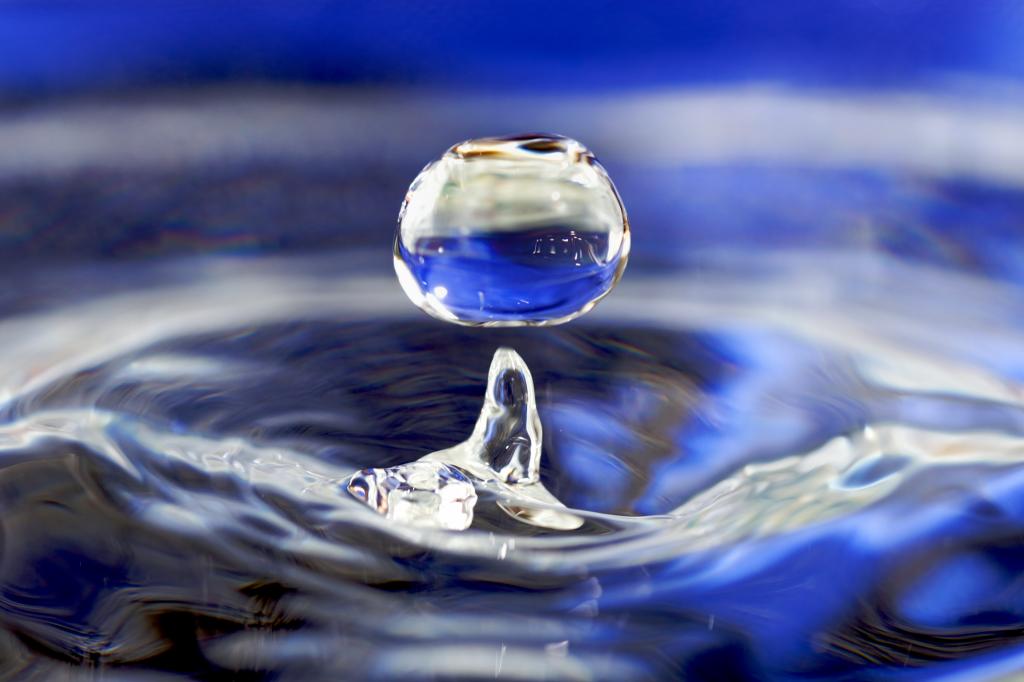Water use is the use of appropriate facilities to meet the needs of the population, industry, agriculture, transport and other areas of activity where such requests exist. But at the same time, there are a number of special points that do not allow us to limit ourselves to such a brief description.
general information
Distinguish common water use without special technical devices or structures and with them. At the same time, resources may not be withdrawn from objects or may be directed outside their usual locations. It should be noted a fine line that separates consumers and water use. It is very important. So, in the first case, understand the drinking, industrial and rural supply. As well as watering and irrigation, pond fish farming. All this requires that water is provided first. Indeed, in this case we are talking about raw materials, which cannot be replaced by something else. To meet the needs of using surface and underground facilities that are protected from clogging and pollution.
Compliance is established by the bodies of sanitary and epidemiological surveillance. Whereas water users are fisheries, hydropower, river transport. That is, in this case, the direct removal of liquid from the used object is not provided. Nevertheless, water use of water is not considered separately from consumption. This is because certain restrictions may be imposed on the volume of liquid. As a rule, this is due to a decrease in the amount of water in the objects from which the intake is carried out.
Legislative support
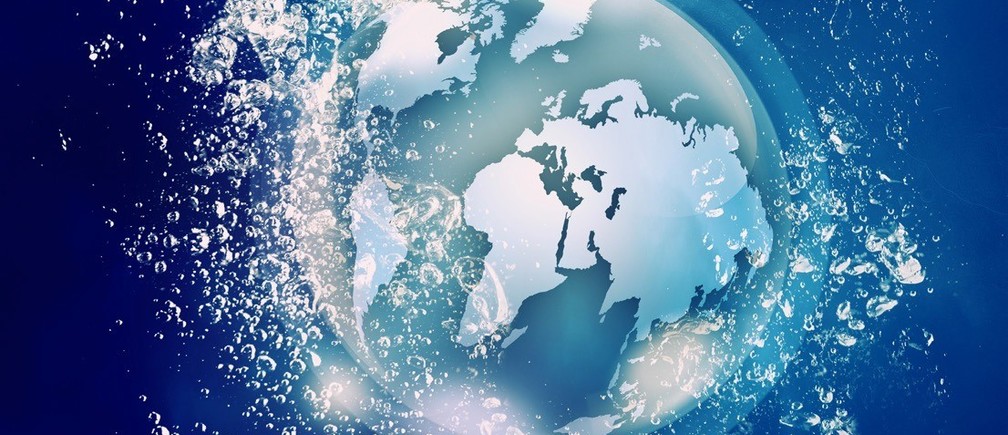
The legal framework regarding the use and protection of various objects is considered in the Water Code of the Russian Federation. According to him, activities in this area can be carried out only if there is a license. There should also be a water use agreement. If it is necessary to design and build technical devices of various systems, then this aspect is regulated by building codes and rules. As a basis for decisions, they turn to schemes for the integrated use and protection of water, master plans for industrial enterprises, settlements, cities, and basin agreements.
In addition, federal laws can have a certain impact. For example: “On Inland Sea Waters and the Territorial Sea” and / or “On the Exclusive Economic Zone of the Russian Federation”. So, what is it - water use from the standpoint of existing law?
Legislative definition and nuances

Water is a chemical compound of hydrogen and oxygen that can exist in gaseous, liquid, and solid states. Everything that is within the biosphere can be conditionally divided into:
- Water that is in the environment and is not concentrated in special facilities. As an example, this fluid can be given in the tissues of living organisms, atmospheric air, and soil. All this is not regulated by water legislation. Although these data points can be considered from the perspective of land law, civil and administrative codes, sanitary standards, provisions on the protection of atmospheric air.
- Water, separated from the environment and residing in municipal systems, vessels, tanks. An example is water in pipes. Environmental and water laws are not regulated, unlike the civil code.
- A substance that is in natural or artificial objects. It is characterized by a large volume that is not comparable in a battery or a human body. An example is the concentration on the surface of the land in the folds of its relief, as well as in the bowels of the earth that have borders. In this case, the volume and level can vary. This is precisely what is regulated by environmental and water legislation.
But this information is far from all that can be said about water use. This can be supplemented by a number of points.
Legal features
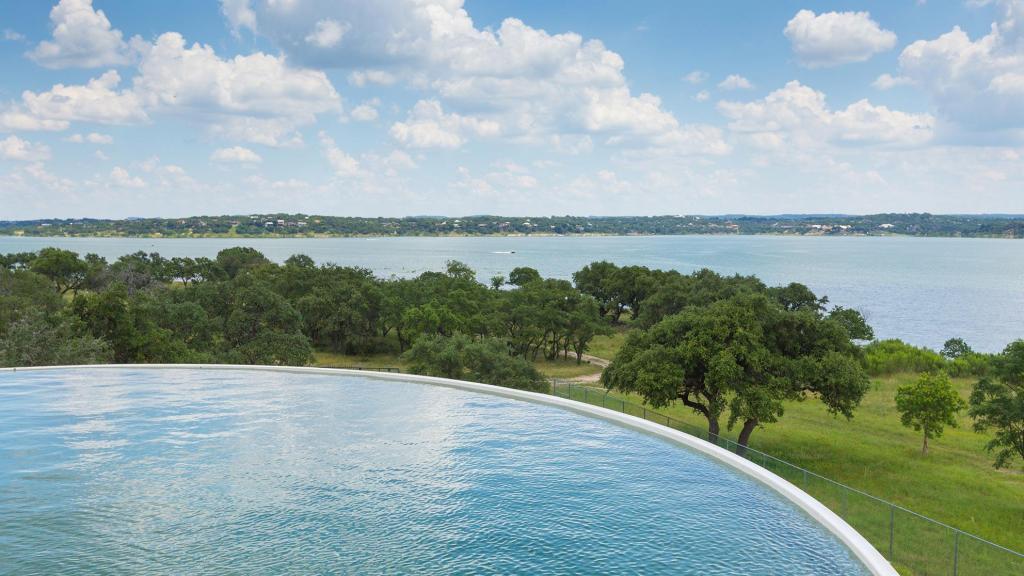
Under the water body always mean something materially existing. To determine the use of hydro-mode signs. These include:
- The presence of a specific household name. An example is a pond, stream, swamp, and the like.
- Availability of own name.
- Registration in the State Water Cadastre. Information about the object is entered into it.
Depending on the hydro-regime, physical-geographical and some other features, the following classification is carried out:
- Surface water bodies. Separate groups are also highlighted here. For example, surface watercourses. Their feature is that water is in a state of continuous movement. As a sample, you can bring rivers. Then there are surface water bodies. Their distinctive feature is that the water in them is in a state of slow motion. Examples include swamps, lakes, ponds. And the third subgroup is objects that are in a solid state. These are moving accumulations of snow and glaciers.
- Inland sea water. An example of this are bays, bays, port water areas.
- Territorial sea.
- Underground water bodies.
Agreement

So how does a water body get into water use? The basis for the acquisition of the required rights are:
- The decision of the government of the Russian Federation.
- Obtaining a license. It is issued by an authorized body.
- Decisions of executive authorities of entities within the territory limited by their influence.
- Water body use agreement. It should be noted that its specific form is not defined by the current code. Therefore, the rules of civil law are applied in those cases unless otherwise provided by the rules.
Bureaucratic moments
Water use conditions are quite actively regulated. So, you need a mandatory state registration of the license and contract. They are issued by a special authorized body of water management. The only exception is when a separate body of water acts as the object of use. In this case, the rights to it are registered as immovable property with all the ensuing consequences. It should be noted that there are various types of contracts. They differ in terms. So, allocate:
- Long-term use agreement. Provides for the transfer of the facility for a period of 20 years.
- Short-term use agreement. Provides for the transfer of the facility for up to 3 years.
The specifics of contractual relations
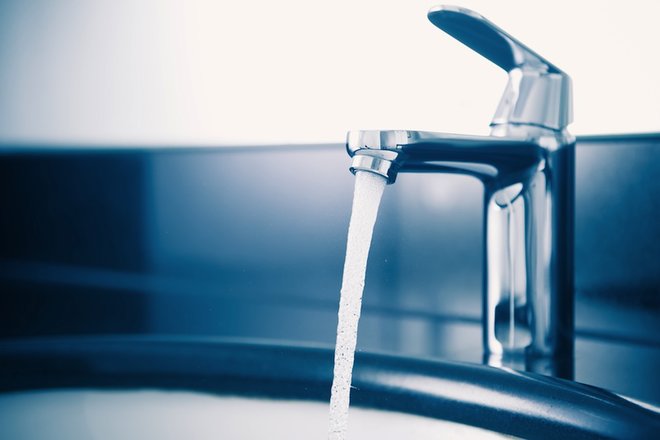
Sometimes a specific situation occurs. In this case, draw up a private easement agreement. It is concluded in accordance with civil law. Its peculiarity is that it restricts the right not of the owner of a water body, but of the primary user. This is the name of persons to whom water bodies are transferred for separate use. This agreement must be concluded in writing on the basis of a license. It should also touch upon the termination of the validity of the agreements reached. This is possible in this case:
- The legal entity is a water user.
- Artificial or natural extinction of a water body.
- Refusal of activities within the agreed territory.
- The death of a citizen-water user.
Also, rights can be forcibly terminated in such cases:
- The water body has not been used for three years.
- Exemptions for municipal or state needs.
- Use of the facility not for its intended purpose.
- Failure to comply with the requirements and conditions of the contract and license.
- Failure to use facilities intended for water supply for one year, provided that available resources are limited.
- Prohibited activities (for example, in accordance with article 88 of the RF CC).
As you can see, the reasons for water use are not as simple as it might seem at first glance.
Who can get the item?
According to the current legislation, subjects can be all citizens of the Russian Federation, as well as legal entities holding all the necessary papers (including foreign ones, but having all the necessary documents and registration). Economic water use to satisfy requests from the population and organizations can be carried out according to a whole list of goals. Here are some of its provisions (far from exhaustive):
- Water use for drinking and domestic water supply. Considered as a priority goal. If it is established that the water body meets its requirements in terms of its parameters, then it is used only in that capacity. Other goals are possible only when there is no contradiction to priority.
- For agriculture.
- For healthcare.
- For forestry.
- For industry, transport and so on.
It may be that when one object serves to achieve several goals. As you can see, water use is a very specific situation from a legal point of view.
The order of occurrence and methods of interaction
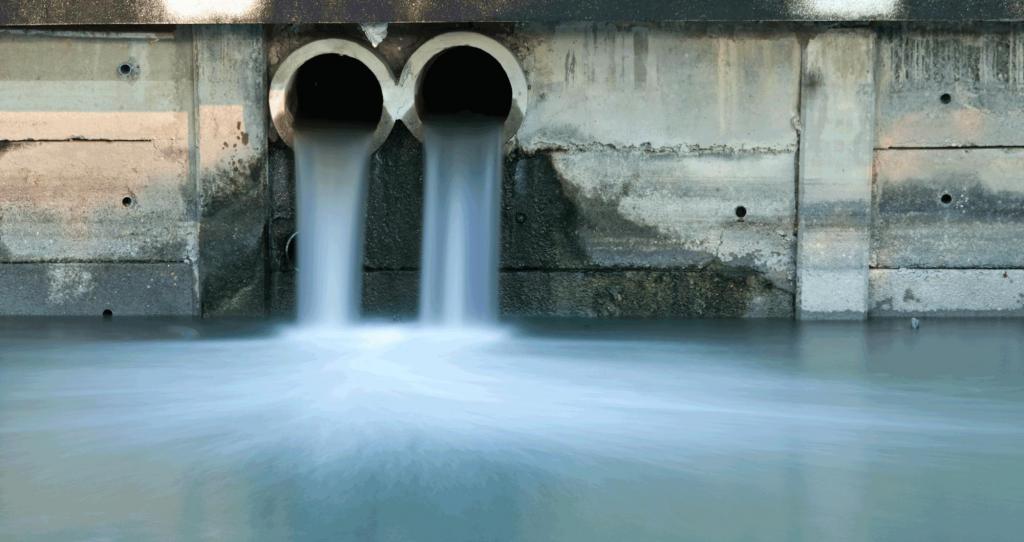
In this case, allocate:
- The right to common water use. It provides for the implementation without the use of hydraulic devices and structures. Also, activities are carried out without special permission in an explicit order. The subjects are both individual citizens and legal entities.
- The right to special water use. It is carried out with special hydraulic devices and structures. It is possible only by permit. In this case, the decision of the authorized body, license and contract are used as the basis. Subjects can also be citizens and legal entities.
More important points
It should be mentioned about environmental management and water use, the relationship between them. When a person receives a certain object in ownership, this means that he must also take care of the living creatures and vegetation that is in him and around. For example, to ensure that nothing of the kind leading to the mass death of fish happens. It should also be noted that water bodies can be allocated for federal, regional or municipal needs.
Conclusion
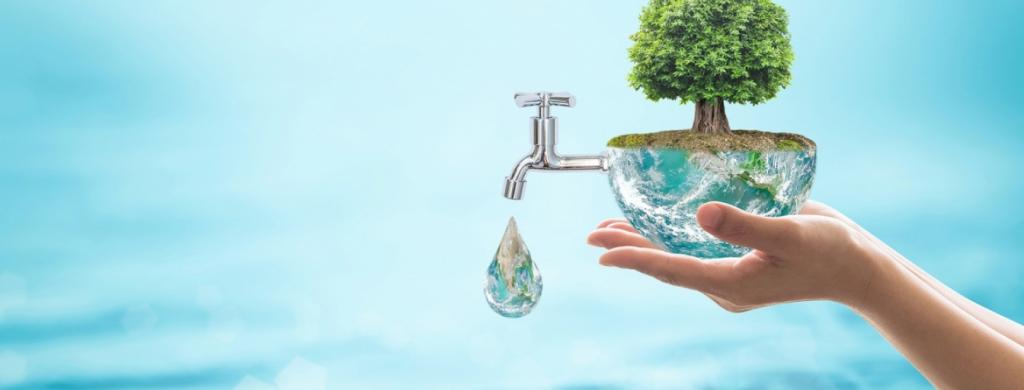
So the subject of the article is considered. Readers now know what water use is, water consumption, what documents are used as a legal basis, and much more, which is useful and necessary for everyone who is interested in arranging a state management system and managing available resources.
